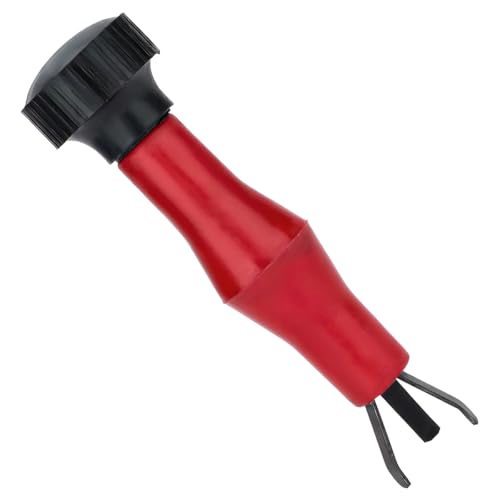Some background: Prior to my retirement in May, 2019, I had never done any kind of mechanical work on any vehicle of any kind. I bought a new-to-me 2007 FJR 1300A in May, 2020 that had 49,600 kms on the odometer.
Like RossKean in post #2, I also did the valve check unassisted without having watched anyone do it.
I referred to my Hayne's manual, my FJR shop manual and this video by 2-Wheel Obsession: . When I had a question or was unsure, I searched for answers and asked for help on this extremely helpful forum.
FYI, including finding and watching and re-watching videos, reading and re-reading shop manuals, taking photos of every step of the process so that I could re-assemble things in reverse order, I estimate it took me about 10 hours from start to finish. This did not include the inevitable travel time to various stores to get that tool you need but don't have.
Lucky for me, the valves were all within spec so I did not have to change any shims. That was the first valve check and it was done in May of 2021 at 59,000 kms (about 36,000 miles).
So, I say go for it! Take your time, take a break when (not if) you get frustrated and just leave the project sit and start fresh after a day or two if you find yourself thinking about cutting corners.
You will save yourself hundreds of dollars in labour costs and you will know that the job was done correctly.






























































